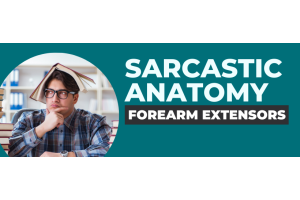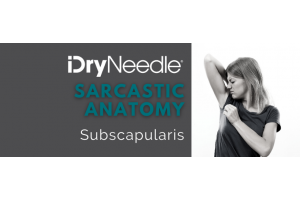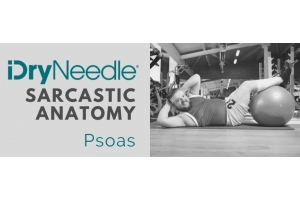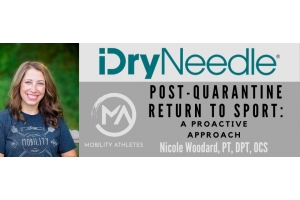
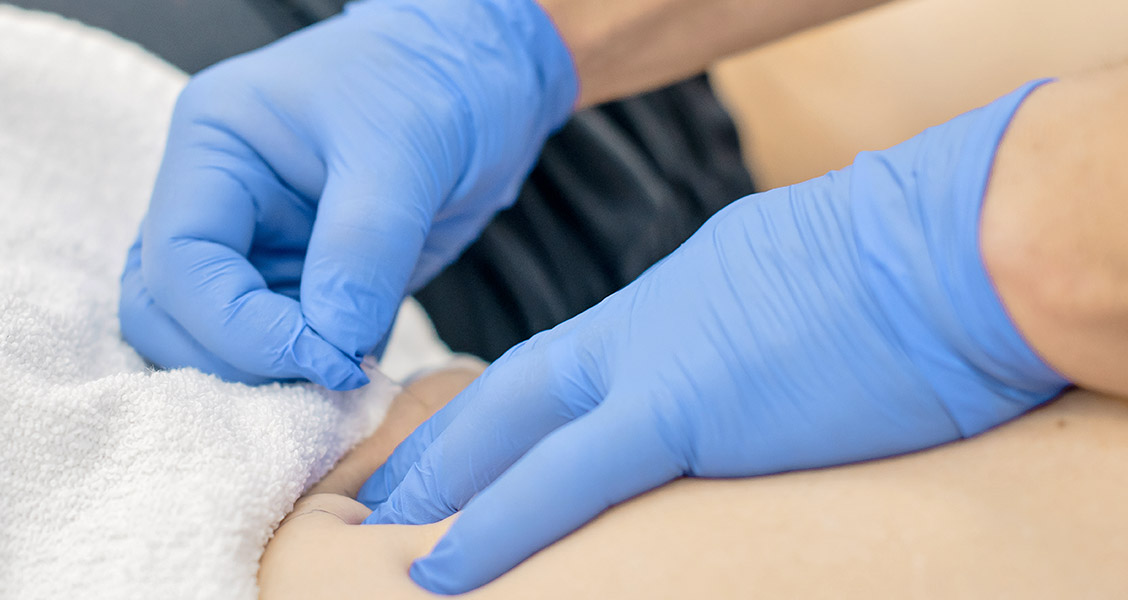
It’s interesting to think that dry needling, a technique developed in the 1980’s, remains in its infancy. Even with top hierarchical research on safety and effectiveness, widespread acceptance worldwide and (almost) entirely in the US, use by every major sports league and our military, and recognition by DPT programs – dry needling is in diapers. Estimations have been made that <3% of physical therapists in the US are currently practicing dry needling and the number of emails, calls and conversations I get centering on “so, what exactly is dry needling?” speaks to the budding youth of this innovative technique.
Don’t get me wrong, I understand the natural progression of healthcare and as physical therapists we are only several decades removed from this…
But dry needling is a little different. For those of you familiar with my outspoken biases, I strongly feel dry needling will almost singularly elevate our profession in terms of the ability to execute an invasive technique safely and judiciously. It won’t always be the shiny new toy in our toolbox, but as the acceptance and natural maturation of dry needling increases I only see us moving on to bigger and better things. True direct access (both public and third party payer recognition), diagnostic imaging prescription, and autonomy as musculoskeletal experts, you ponder?
Before we lay back and stare at the clouds of what could someday be, back to my initial point. Dry needling. Diapers. As gradual and resistive as the infancy of dry needling has been in the United States, I optimistically see future growth, acceptance and clinical practice of dry needling exploding in the next 5 years. I would not be entirely surprised if the number of physical therapists practicing dry needling goes from <3% to over 15% within that time frame.
And those projections are based on nothing aside from these 4 indications as I see them that dry needling is about to explode in the United States.
1) State rulings approving dry needling are trending upwards.
True, the main headlines you’ve seen over the past couple years regarding dry needling have possibly been about the heated battle some states have dealt with. But plainly stated, in 2005 ~5 states specifically allowed dry needling and in 2015 ~35 states have now specifically endorsed physical therapist practice of dry needling in either formal law, attorney general rulings or PT board endorsements. I believe as the numbers of dissenting states dwindles the debate with heighten, but I also have faith the remaining states will ultimately rule appropriately in favor of our ability to perform dry needling.
2) Dry Needling introduction in DPT curricula.
At this point it is perhaps little more than just an overview of innovative new techniques, but the fact students are being introduced to dry needling creates awareness. I agree with many much wiser than I who believe dry needling will someday be an entry-level skill taught in our DPT programs. This will increase both practitioner and public acceptance of dry needling as a mainstream modality in physical therapy practice.
3) Dry Needling-specific products being introduced.
Suffice it to say, the majority of resistance to PTs dry needling comes from acupuncturists and being able to definitively differentiate our practice from acupuncture in both training and products will be imperative. Products like Myotech Dry Needles are the highest quality needles I’ve ever used personally and the fact spending a little more per needle allows me to say I not only use the best, but unarguably do not practice acupuncture or even use acupuncture needles is priceless.
4) Mainstream practices always starts with pro athletes and our military.
We’d obviously all love if public sector PT was granted the same autonomy as military PTs, but the fact dry needling has been used by America’s finest and highest level athletes for over a decade only speaks to its established efficacy. The trickle down to mainstream PT will occur and I have a feeling it could occur rapidly. We just need one Lebron, Derek Jeter, Jordan Spieth, or Russell Wilson tweet and dry needling will be #viral.
Take these thoughts for whatever you think they are worth and I agree that it will not necessarily be a seamless integration of dry needling to mainstream PT practice. As I stated earlier, my enthusiasm over dry needling is not necessarily just because I love dry needling. I do and for good reason as I have seen it help countless people who experienced minimal relief elsewhere. But I also foresee this as perhaps the most significant and opportunistic stepping stone our profession has to demonstrate our proficiency and expertise in management of the neuromusculoskeletal system – be it with a more invasive technique. Our ability to mitigate potential risk as well as capably “do no harm” to our patients is paramount if we expect to ever achieve the true potential of our profession.
But these are my thoughts, what are yours? As always, I encourage feedback, comments, questions and sarcastic rhetoric.
Thanks for reading and be sure to follow and share on Instagram, Facebook and Twitter (@DPTwithneedles).
Paul Killoren PT, DPT





